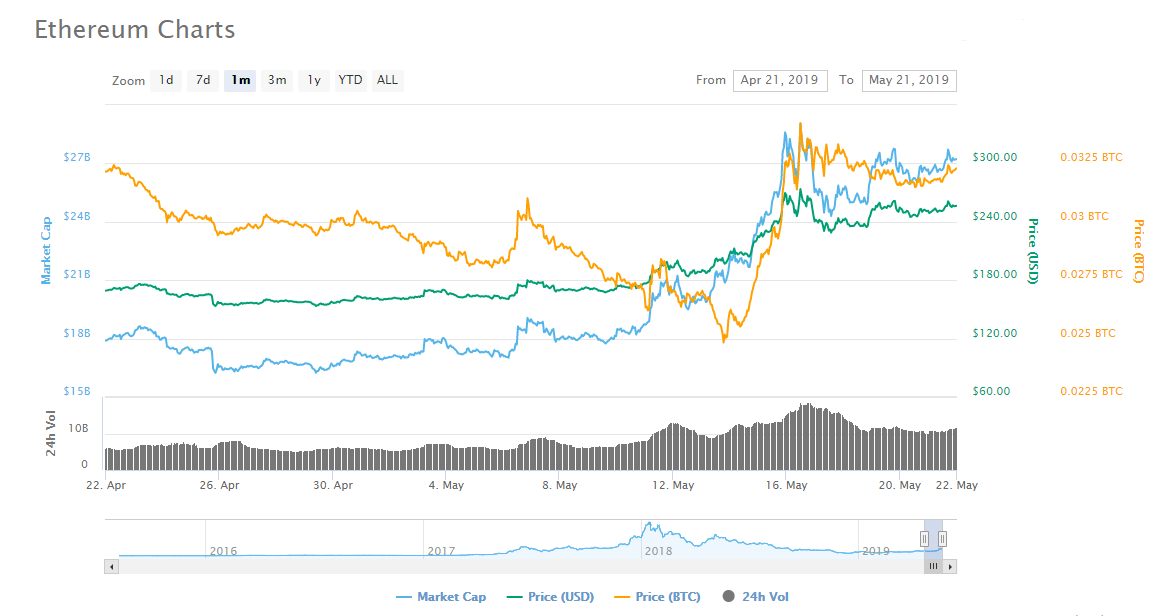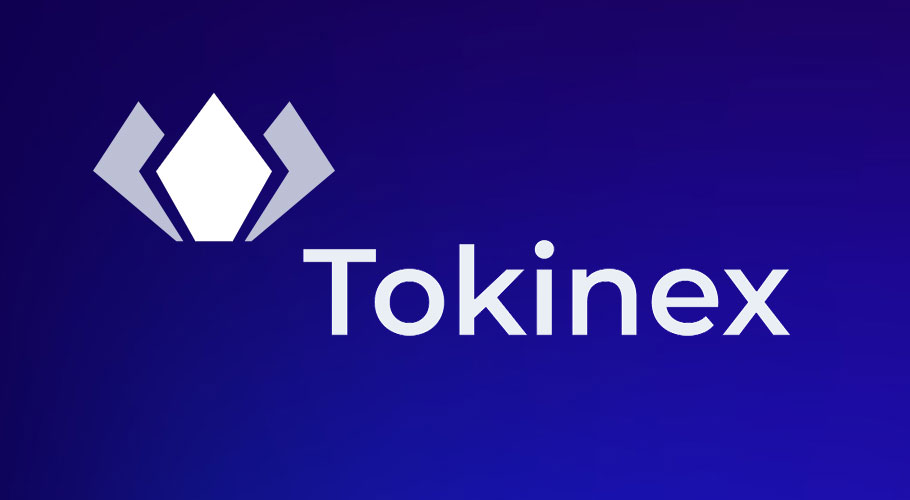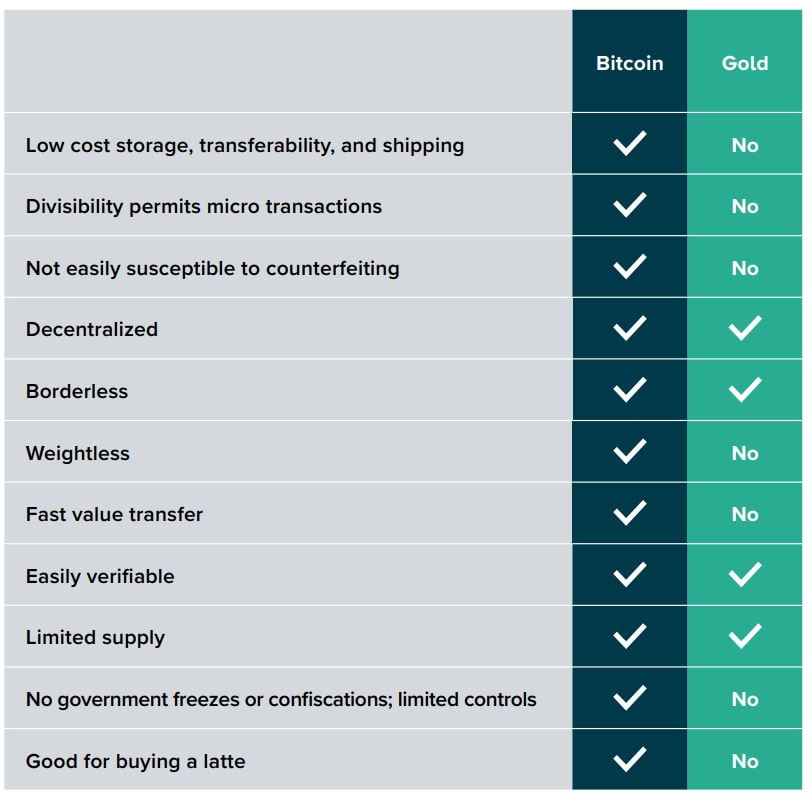31
News related to Crypto / South Korea on Edge Thanks to Crypto Bulls
« on: May 30, 2019, 06:59:29 AM »
South Korea on Edge Thanks to Crypto Bulls
South Korea state authorities are on high alert following the incredible run for Bitcoin price and the rest of the crypto market since April. Despite a general positivism throughout the industry during the rally, the government there has called a meeting to discuss the possible outcomes for current market conditions.
First reported by local broadcaster KBS World Radio, the meeting was held yesterday, chaired by Minister of the Office for Government Policy Coordination Noh Hyeong-ouk. Officials from the Ministry of Economy and Finance, the Justice Ministry and the Financial Services Commission (FSC, the national market regulator) were reportedly present.
A decision was then taken to closely monitor the market for volatility and prepare actions to mitigate possible ramifications to investors.
Noh reminded the meeting attendants that cryptocurrencies had not yet found a firm legal status in the country. He also urged to pre-empt special conditions that were developing, especially in the face of rising speculation and investor interest, asking to deliberate on the next steps:
“SINCE VIRTUAL CURRENCIES ARE NOT LEGAL CURRENCIES AND NOBODY GUARANTEES THEIR VALUE, THE PRICE FLUCTUATES DRASTICALLY DUE TO ILLEGAL ACTS, SPECULATIVE DEMAND, AND CHANGES IN THE DOMESTIC AND FOREIGN REGULATORY ENVIRONMENT. IT IS NECESSARY TO MAKE A CAREFUL DECISION ON A SERIES OF ACTIONS.”
The last two months have seen a rally that has yet to abate, with much of the demand happening in East Asia, with buyers in South Korea willing to pay above KRW 10 million (USD 8,400) today. Earlier in May, South Korean authorities chose to repeal existing draft legislations for anti money laundering in cryptocurrency, choosing instead for a path that would allow for more direct regulations for cryptocurrency exchanges.
https://bitcoinnews.com/south-korea-on-edge-thanks-to-crypto-bulls/
South Korea state authorities are on high alert following the incredible run for Bitcoin price and the rest of the crypto market since April. Despite a general positivism throughout the industry during the rally, the government there has called a meeting to discuss the possible outcomes for current market conditions.
First reported by local broadcaster KBS World Radio, the meeting was held yesterday, chaired by Minister of the Office for Government Policy Coordination Noh Hyeong-ouk. Officials from the Ministry of Economy and Finance, the Justice Ministry and the Financial Services Commission (FSC, the national market regulator) were reportedly present.
A decision was then taken to closely monitor the market for volatility and prepare actions to mitigate possible ramifications to investors.
Noh reminded the meeting attendants that cryptocurrencies had not yet found a firm legal status in the country. He also urged to pre-empt special conditions that were developing, especially in the face of rising speculation and investor interest, asking to deliberate on the next steps:
“SINCE VIRTUAL CURRENCIES ARE NOT LEGAL CURRENCIES AND NOBODY GUARANTEES THEIR VALUE, THE PRICE FLUCTUATES DRASTICALLY DUE TO ILLEGAL ACTS, SPECULATIVE DEMAND, AND CHANGES IN THE DOMESTIC AND FOREIGN REGULATORY ENVIRONMENT. IT IS NECESSARY TO MAKE A CAREFUL DECISION ON A SERIES OF ACTIONS.”
The last two months have seen a rally that has yet to abate, with much of the demand happening in East Asia, with buyers in South Korea willing to pay above KRW 10 million (USD 8,400) today. Earlier in May, South Korean authorities chose to repeal existing draft legislations for anti money laundering in cryptocurrency, choosing instead for a path that would allow for more direct regulations for cryptocurrency exchanges.
https://bitcoinnews.com/south-korea-on-edge-thanks-to-crypto-bulls/



 Latest news:
Latest news: 





 Shop
Shop











